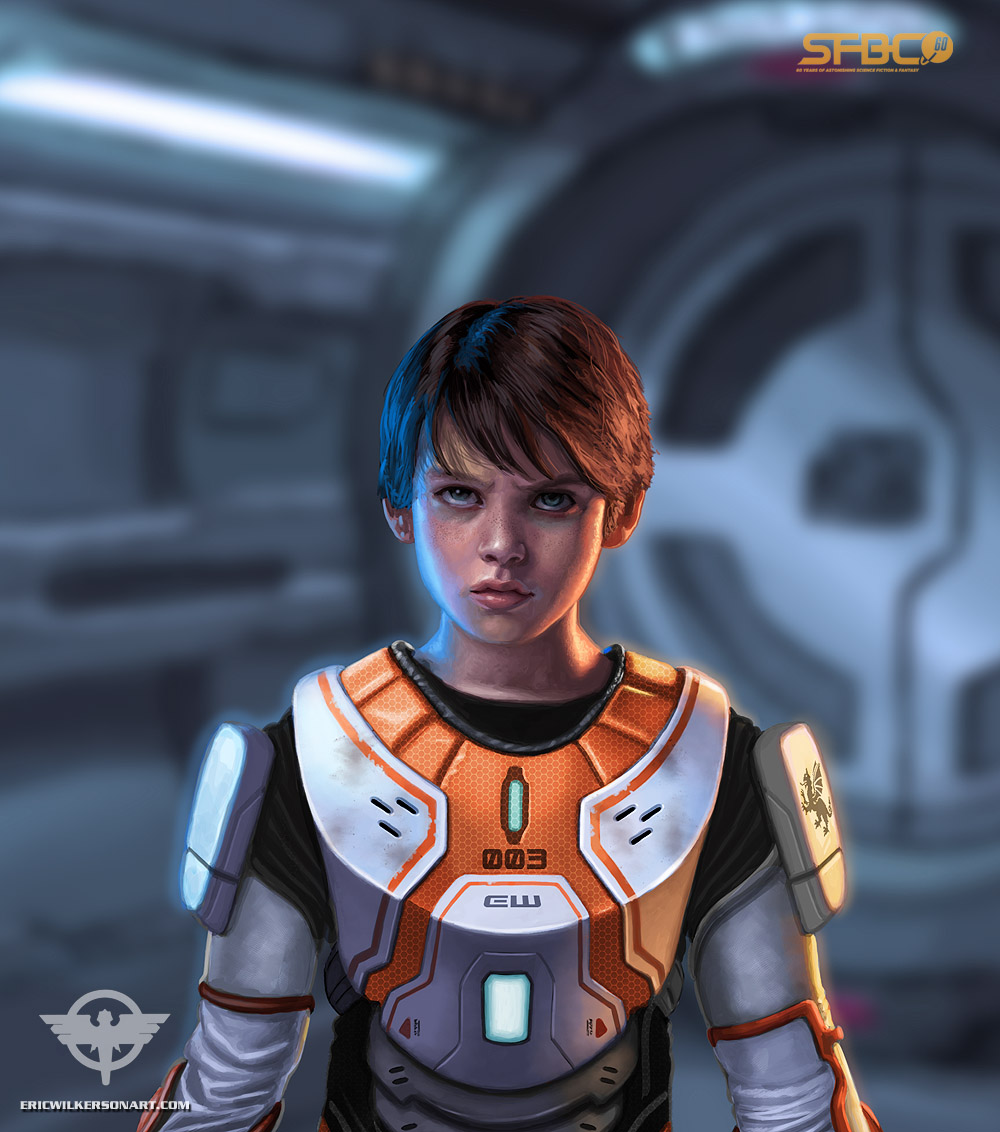

A deadly virus exists on the planet as well. Now, he wants to find a place where the Hive Queen can rebuild her species so he can atone for nearly committing xenocide. Ender has brought another species with him: the Hive Queen, the last of her insect-like species, the Formics, or “buggers.” Ender nearly annihilated her species in a war between humans and Formics in Ender’s Game, only to learn that the entire war was the result of a cultural misunderstanding. They live peacefully alongside the pequeninos, the planet Lusitania’s native sentient life. Ender lives in a Catholic Brazilian community of colonists. The action begins where Speaker for the Dead left off. He has won multiple Hugo and Nebula awards for his work. Card is best known for this series and for Ender’s Game in particular. An intergalactic congress orders the destruction of the planet and the virus with it, but that means xenocide.

The planet also harbors a virus that is fatal to humans, but necessary for native species. A sequel to Ender’s Game and Speaker for the Dead, it follows Ender Wiggin on the planet Lusitania as he tries to find a way for different species to coexist. And it is only the Speaker for the Dead, who is also Ender Wiggin the Xenocide, who has the courage to confront the mystery.and the truth.Xenocide is a 1991 science fiction novel by Orson Scott Card, the third installment in his Ender’s Saga series. Now, long years later, a second alien race has been discovered, but again the aliens' ways are strange and frightening.again, humans die.

In the aftermath of his terrible war, Ender Wiggin disappeared, and a powerful voice arose: The Speaker for the Dead, who told the true story of the Bugger War. Speaker for the Dead, the second novel in Orson Scott Card's Ender Quintet, is the winner of the 1986 Nebula Award for Best Novel and the 1987 Hugo Award for Best Novel.


 0 kommentar(er)
0 kommentar(er)
